Every genre of photography comes with its own set of challenges. But perhaps one of the most difficult genres is product photography. In product photography, every little detail matters. Every highlight, shadow, reflection, color, texture, everything. Hours and hours can be spent perfecting a product shot, and even more hours can be put in editing that shot. In this video, photographer Nick Fancher shows you some of his experiments with product photography. He guides you through his ideas, setup, execution, and results for three separate experiments in photographing a cologne bottle:
Fancher uses a Canon 5D Mark II and Canon 430EX Speedlite.
Tips on Product Photography:
- Pay Close Attention to Highlights and Shadows – A lot of products are made of materials that are difficult to photograph such as glass, metal, ceramic, etc. These reflective and semi-reflective surfaces can create unexpected highlights and shadows on your product, so be conscious of adding and subtracting certain lights.
- Make Sure the Brand Name is Readable – Companies want product photos to display their brand name. If the viewer has a hard time making out the name of the brand, they’re liable to not read it or remember it. Even if you have the most aesthetically pleasing photo of a product, if the brand name isn’t readable, the company won’t be interested in the image.
- Keep it Simple – The best product photo are the most simplistic. No distracting backgrounds, no wild color schemes, just a simple, clean image. Simple, however, is not always easy. In fact, simplicity can be the hardest style to achieve.
- Experiment – It’s often hard to predict how a certain lighting or background or color will affect your product until you actually try it out. Trying new things will help you learn to control the light on your product and potentially cause you to discover something that works amazingly well.

Every detail counts in product photography
The great thing about product photography is that it’s super easy and cheap to do. You can grab anything around your house – shoes, alarm clock, jewelry, bottle, etc. – and just start shooting. Try experimenting with different lights, backgrounds, and colors to see what works and what doesn’t.
Like This Article?
Don't Miss The Next One!
Join over 100,000 photographers of all experience levels who receive our free photography tips and articles to stay current:

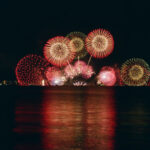
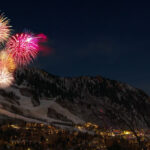
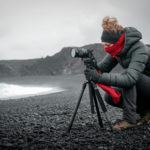
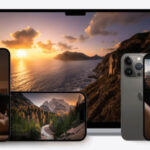
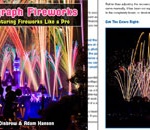
Thanks for sharing.